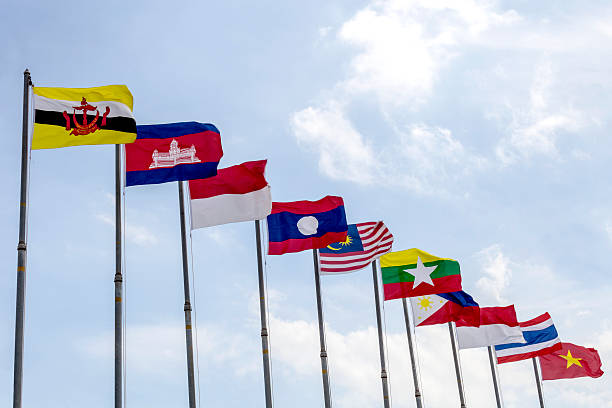PH may see among fastest disinflation in region

The Philippines could see one of the largest declines in inflation in the region should weak demand amid slowing global growth keep world oil prices lower for a longer period, ANZ Research said.
In a commentary sent to journalists, ANZ said every 10-percent decline in world oil prices could shave 0.2 percentage point (ppt) off the headline inflation in the Philippines in September, a net importer of oil.
That is smaller than the 0.3 ppt reduction to overall inflation in Thailand if world oil prices remain subdued, the Bank noted.
But the estimated pass-through effect in the Philippines is much larger compared to the 0.1 ppt drop in headline price growth seen for India, Mainland China, South Korea, Malaysia, Singapore and Taiwan under such a scenario. In Indonesia, ANZ said a 10-percent drop in global oil prices would have no impact on inflation there due to “tighter rein on key pump prices” by policymakers.
ANZ noted that world oil prices have fallen “materially” in September so far, with average Brent crude oil prices down 7 percent from August. The decline reflects renewed expectations of anemic demand amid slowing activity in China and sluggish growth in the United States.
Overall, the Bank said a persistent oil price pullback would quicken disinflation in Asia and improve the trade imbalances of net oil importers in the region, a development that could provide support for Asian currencies. ANZ forecasts the Philippine peso to finish at 55.80 against the US dollar this year.
“Thailand and the Philippines will see the biggest drag to inflation. Singapore and Thailand have the largest oil deficit as a share of GDP (gross domestic product) and stand to benefit the most in terms of the improvement to their trade balances,” it said.
“The combination of lower inflation and stronger external positions will open up scope for a deeper-than-anticipated rate-cutting cycle in the region, particularly if weaker global growth is a key driver keeping energy prices subdued,” it added.
At home, the Bangko Sentral ng Pilipinas (BSP) already marked the beginning of its easing era in August when it cut the local policy rate by 25 basis points (bps) to 6.25 percent.
Beyond softer oil prices, the BSP said the reduction in rice tariffs would help keep consumer price growth within the government’s 2 to 4 percent target range.




















